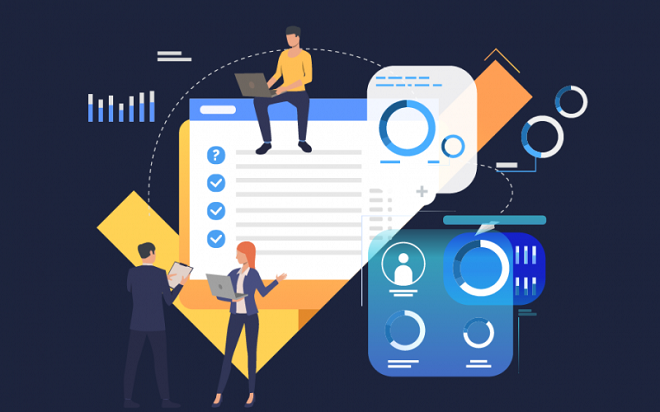Gone are the days when the only factor required to ensure user adoption and retention was a working product. The end-user experience was coined as the users became more demanding, affecting the competition.
Most individuals may use their experience in your business to define your brand. Therefore, it’s crucial to understand that end-user experience (UX) may protect the value of brands in the digital world.
Some factors such as visual design, accessibility, and relevance of content may impact the UX. You should nonetheless inform your potential customers about the changes that may happen to your product. Release notes app provided by a myriad of online providers like Kampsite ensures you’ll be able to summarize all the changes on your product for easy access and reference.
Read through this article to understand some of the ways that may help improve your UX and meet your customers’ expectations.
1. Improve Usability

Usability is a fundamental concept that helps users easily interact with your product. The design team needs to define given metrics per project. For instance, a user should be able to click Find within two seconds of accessing the interface and aim to improve usability while ensuring optimum capability and respecting business limitations.
So we’ve established usability is an important factor. This helps users find what they need faster and create a foundation for enjoyable experiences. Some of the ways you may improve usability include:
- clearly labeling of icons with defined functions,
- make use of favorable font size, and
- ensure your apps work logically.
Keep in mind that if a user experiences challenges while navigating through your website or product, they might be forced to visit your competitor.
2. Outsource IT Services
Outsourcing IT services will allow your IT department to focus on business improvement while entrusting the outsourced IT team to handle the heavy lifting of product deployment and daily activities.
It’s advisable to look for a team that could provide workplace services such as managed office solutions, which might be helpful in your product development by simplifying procurement, configuration, testing, and deployment. By outsourcing your IT services, it might lead to a reduction of support cost and improving the ROI. Additionally, it might even help enhance the level of service and end-user support.
3. Be Consistent

The user may lose interest easily in most cases if you aren’t consistent. The key to improving end-user experience includes being consistent. It means making everything match—from the size of headings, font choices, color, spacing, photo options, design elements, etc.
This would ensure that everything follows a logical design on the landing page and all the pages in your website. Why is consistency important? For starters, consistency makes it easy for users to relay information to new contexts faster and understand new things without much effort. This would lead to ease of use, improving how users execute tasks on your application and saving them lots of time trying to figure out how your UI works.
It’d be best to understand that usability and functionality may improve when similar elements have a consistent look and functionality.
4. Understand Your Users
Although technological advancement has significantly improved people’s lifestyles, some individuals find it hard to maneuver around this ever-changing digital era.
For instance, have you seen your grandma struggling to set her digital watch during a thanksgiving party? Or have you seen an individual trying to understand how a bank ATM works? So it’s important to take your time to understand your customers.
Avoid assuming that every user cannot comprehend the digital era, as this may lead to a poor end-user experience. Instead, take notes and listen to them carefully as they may give you clues to what they want to experience with your design.
5. Improve Your Website Speed

Design is more about how fast your product works rather than its physical attributes. If you have a slower loading time, you increase your chances of losing a potential user as most of them will be frustrated and forced to visit your rivals.
On the flip side, a faster website may attract larger traffic and a low bounce rate, leading to a higher conversion rate and improving your profit margin. Some of the ways you may employ to improve the speed cover:
- utilizing a content delivery network,
- optimizing the size of images on your site,
- decreasing the number of plugins, or
- looking for a better host to move your website.
Bottom Line
As a business owner, it’s important to allocate money and time to improve the end-user experience. UX plays a vital role in operational efficiency, customer retention, and employees’ productivity.

